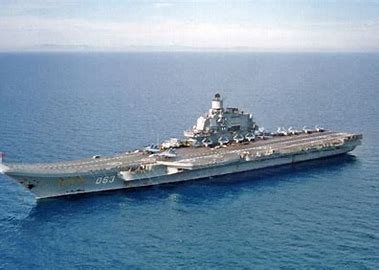
The Admiral Kuznetsov, Russia’s solitary aircraft carrier, embodies a troubled saga of naval ambition mired by technical failures and operational setbacks.
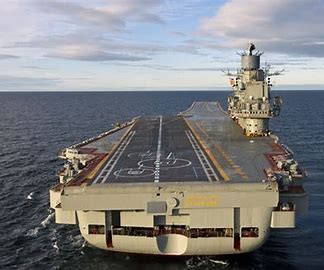
Launched in the twilight years of the Soviet Union, it was designed to showcase the power and reach of the Soviet fleet, yet today it stands as a metaphor for the decline in Russia’s naval capabilities.
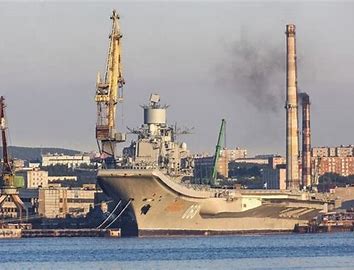
Amidst reports of persistent operational failures and a litany of accidents, including fires and aircraft losses, the Kuznetsov’s future effectiveness is shrouded in doubt.
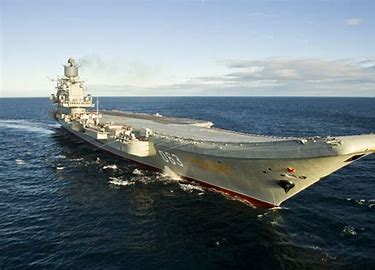
This beleaguered state is underscored by the contrast with Western counterparts like the U.S. Navy, which is moving forward with its second Gerald R. Ford-class aircraft carrier, heralding a stark capabilities gap.
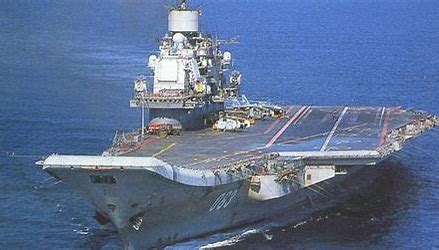
The Kuznetsov has endured a checkered past, embroiled in accidents such as the loss of two aircraft during the Syrian Civil War in 2016 due to faulty arresting wires—a devastating symbol of its compromised state.
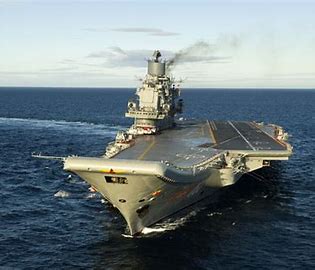
The carrier, constructed at the Chernomorskiy Shipyard and initially named Riga before undergoing several renamings, was to lead the Kuznetsov-class of carriers. Yet, its sister ship Varyag remained unfinished with the fall of the USSR, leaving Kuznetsov alone in its class.
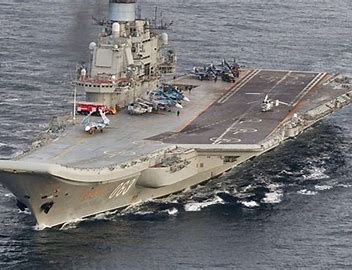
While boasting an impressive array of Sukhoi Su-33 and MiG-29 fighters and long-range surface-to-surface anti-ship P-700 Granit cruise missiles, the vessel has been unable to utilize its capabilities fully, languishing dry-docked for extended periods.
Such deficiencies have reignited conversations about Russia’s historical struggles with carrier development, a story etched with grandiose designs and thwarted by geopolitics, geography, and strategic missteps.
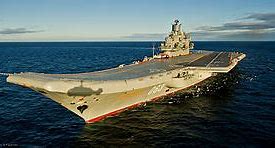
Russia’s naval history, stretching back to the early 18th century, is marked by peaks and valleys. From the ascension as a global naval force second only to the United Kingdom to the devastating losses during the Russo-Japanese War, Russia’s ambition to dominate the seas has faced continual upheaval.
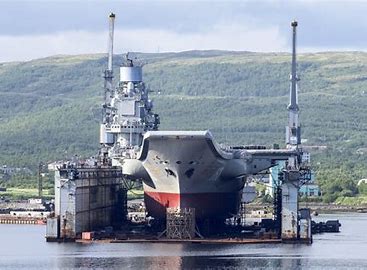
Post-World War I rebuilding efforts and the Soviet Union’s naval programs during and after World War II signaled intense efforts to forge a formidable sea presence.
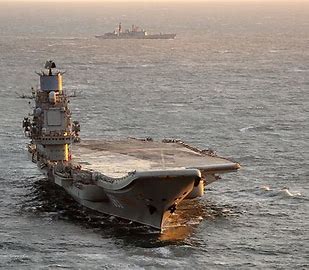
However, this momentum was not sustained, and significant projects, such as the “Project 71” class carriers, were stalled or abandoned amidst the chaos of war and political upheaval.

The Kuznetsov’s saga is not unique when examining Russia’s history of naval endeavors. The story is replete with instances of geographical limitations, high costs, and strategic preferences that prioritized land-based military power over expansive carrier fleets.
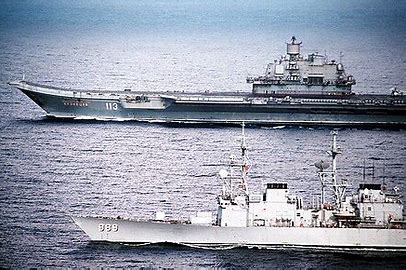
The ongoing challenges with refitting the Kuznetsov illustrate the enduring struggle against constraints that have long precluded Russia from achieving true carrier capabilities.

As the Kuznetsov teeters on the edge of relevance, the narrative serves as a stark reminder of the formidable challenges that confront nations attempting to project naval power through carriers.
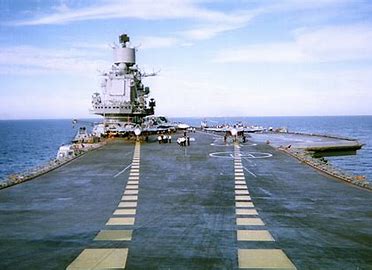
Despite its formidable designation and the dreams it carried, the vessel’s future is symbolic of Russia’s broader naval ambitions—ambitions that remain unfulfilled as the carrier lies in wait, its potential shackled by a legacy of mishaps and the relentless march of military technology that threatens to render it obsolete.
Relevant articles:
– Why Russia Never Built a Feet of Big Aircraft Carriers Like America, The National Interest
– Why Russia Never Built a Feet of Big Aircraft Carriers Like America, The National Interest
– Russia Has a Good Reason for Never Building a Fleet of Aircraft Carriers, nationalinterest.org
– The 50-Year Dilemma In Aircraft Carrier Design and the Future of American Naval Aviation, Center for International Maritime Security
